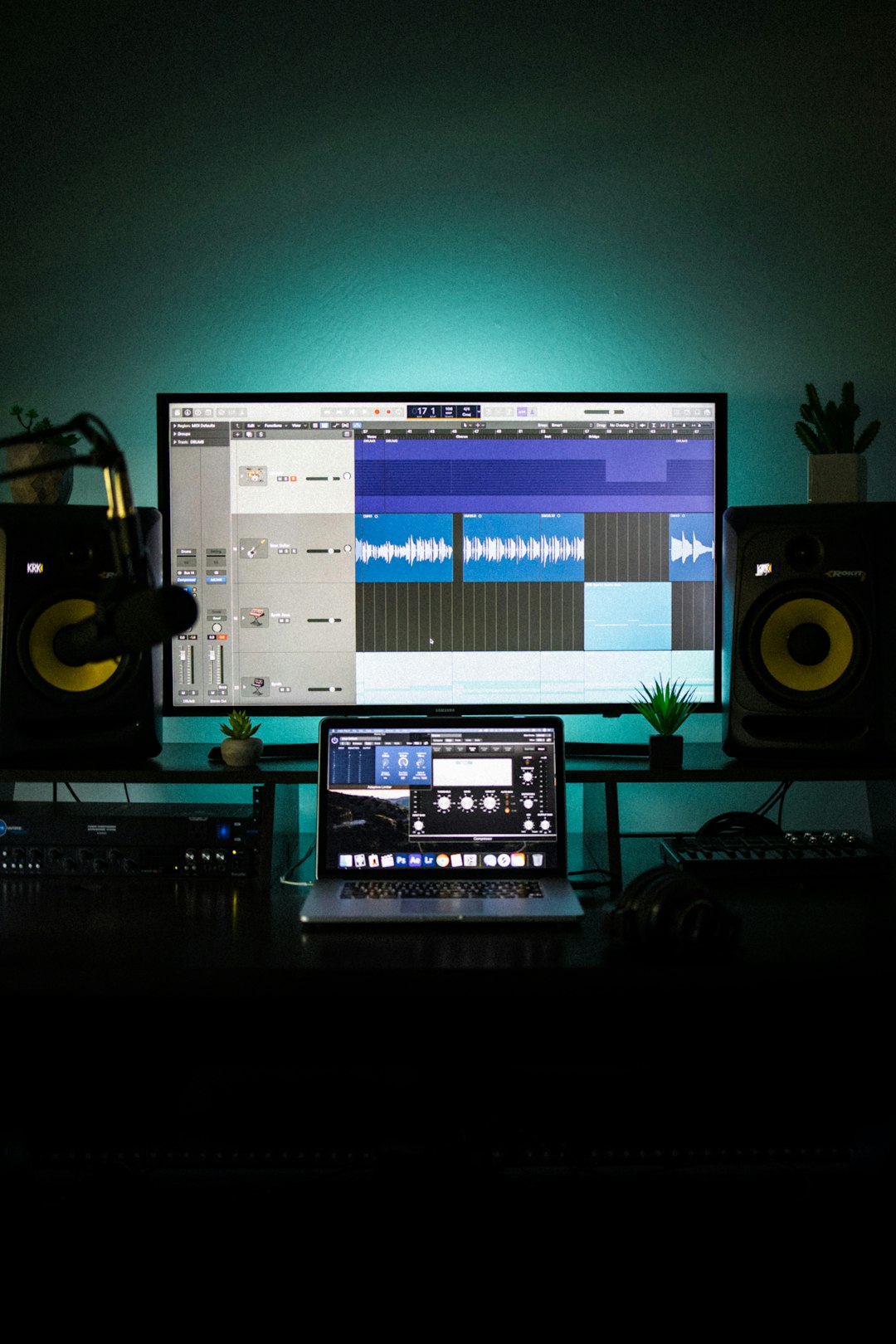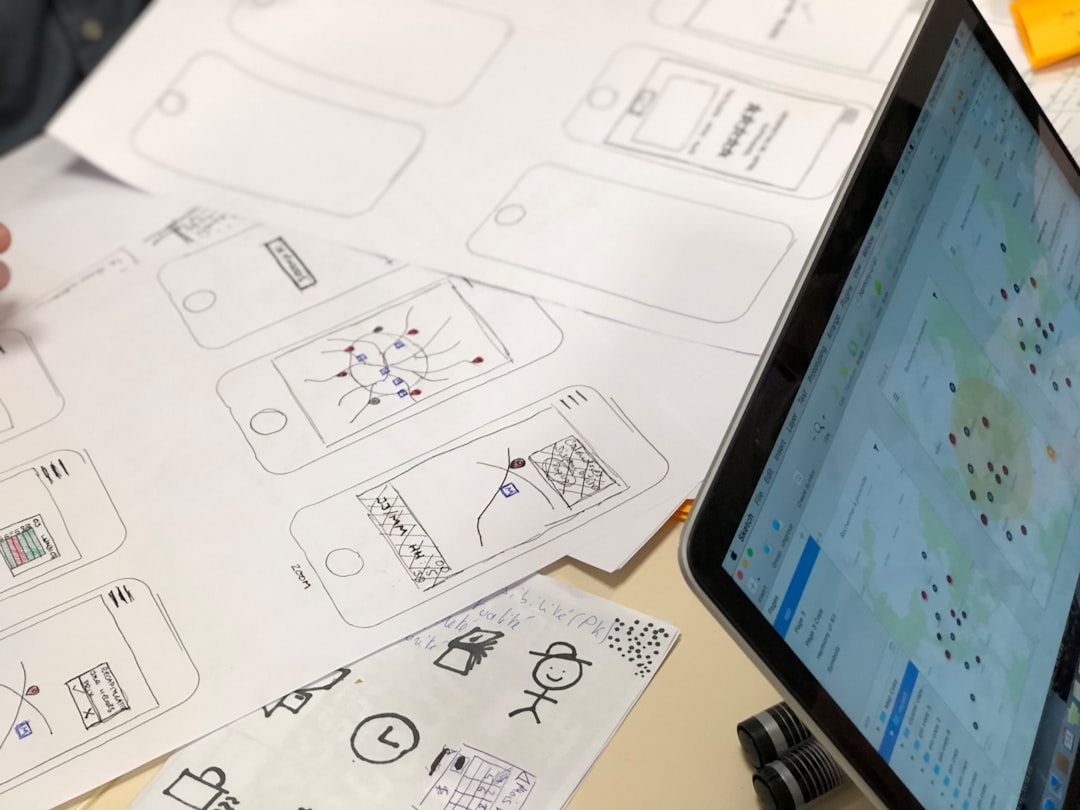Product tours are becoming a staple of modern digital experiences. Nearly every SaaS platform, mobile app, and web tool includes some form of guided walkthrough to onboard new users. While these tools are built with good intentions, they frequently fall into the trap of being more of a nuisance than a benefit. To be effective, product tours must teach rather than annoy. Creating guided experiences that engage users, provide value, and empower learning will significantly influence user retention and satisfaction.
Why Most Product Tours Fail
Table of Contents
Too often, product tours are built to simply show where things are, rather than explain why they matter. These tours can come off as robotic sequences filled with technical jargon and excessive hand-holding. Worse, many are non-skippable and pop up at the worst moments—just when a user is trying to accomplish an urgent task.
Common reasons for failure include:
- Information overload: Bombarding users with too many steps or features at once.
- Poor timing: Showing tutorials before users are ready or interested.
- Lack of context: Presenting generic information that doesn’t match the user’s intention or role.
- Interruptive design: Forcing engagement rather than offering help when it’s wanted.
These shortcomings lead to frustration, skipped tours, or worse—users abandoning the product entirely.
Rethinking the Purpose of Product Tours
The most successful product tours shift the paradigm from instruction to interaction. They treat the onboarding experience as an opportunity to build confidence through relevant, well-timed guidance. This is achieved by focusing on a few key principles:
- Minimalism: Less is more. Don’t try to explain every feature; instead, help users complete one key task successfully.
- Relevance: Tailor the experience to the user’s persona, goals, or previous actions.
- Just-in-time delivery: Offer help when it’s requested or when a user appears to need it—not before.
- Engagement over explanation: Let users interact with the product during the tour instead of passively watching or reading.
By designing around these goals, companies provide value-driven orientation rather than a disruptive learning experience.

Components of a Helpful Product Tour
Instead of overwhelming users from the start, a better product tour breaks down the learning experience into digestible and contextual moments. Here are a few elements that make up this new generation of useful onboarding flows:
1. Interactive Steps
Rather than using static tooltips or unskippable videos, interactive steps encourage real engagement. These could be highlights over clickable UI areas or step-by-step actions that users perform themselves with guidance.
2. Smart Triggers
Behavior-based triggers offer help based on user actions. For instance, if someone is stuck on a form for too long, a small tooltip might appear with guidance, offering help right when it’s needed.
3. Segmented Flows
Users are not one-size-fits-all. Tour flows should be segmented by role (admin vs. end-user), goal (first-time setup vs. daily usage), or experience level. This ensures relevance and avoids unnecessary instructions.
4. Skippable and Recallable
Autonomy is key. Users should have the option to skip, close, or revisit the tour at any time. Making walkthroughs accessible in the help or support menu adds long-term value to the learning experience.
5. Visual and Voice Diversity
Some users prefer reading, some prefer video, others benefit most from real-time demos. Consider layering different forms of content so users can choose how they want to learn.

Tips for Designing Tours That Teach
To avoid the pitfalls of annoyance and maximize engagement, here are some practical guidelines:
- Create tour goals: Decide what success looks like at the end of each tour. What should users be able to accomplish?
- Use real-world use cases: Design tours that are task-based, not feature-based. Help users solve problems, not just explore buttons.
- Measure impact: Use analytics to track tour completion rates, drop-offs, and user follow-up behavior. This data reveals what’s working and what’s not.
- Test and iterate: Just like any UI element, product tours should be A/B tested for language clarity, ease of navigation, and conversion outcomes.
Ultimately, helpful tours are the result of user empathy translated into structured guidance. They must be part of a continuous UX process, not a one-and-done deployment.
Examples from Leading Products
Several trailblazing companies have redefined onboarding through intelligent product tours:
- Asana: Uses modular tours based on specific tasks such as “Creating Your First Project,” plus offers in-app prompts based on user behavior.
- Notion: Lets users explore templates with aided guidance, providing real-time interactivity rather than linear instructions.
- Slack: Offers bite-sized interactive moments with tooltips and hints selectively shown during key first-day actions.
What sets these companies apart is their treatment of the tour as part of the product landscape rather than an add-on. Their tours blend in naturally, feel personalized, and give users just the right nudge, not a lecture.
The Future of Product Tours
As AI and user behavior analytics advance, product tours will become even more dynamic. We’ll see hyper-personalization where your walkthrough adapts in real time based on usage patterns. VR and AR may soon create immersive tutorial environments for new generations of applications.
But even as technology improves, the golden rule of onboarding remains simple: teach, don’t annoy. Whether through a tooltip, a modal, or a video, the intent must always be to empower. Don’t aim to showcase a feature set—aim to create a confident user.
FAQs
- What is a product tour?
- A product tour is a guided walkthrough of a software application or website intended to onboard new users or introduce new features.
- Why do users skip or close product tours?
- Common reasons include lack of relevance, poor timing, excessive length, or feeling forced rather than helpful.
- When should product tours appear?
- The best tours appear based on context—such as first login, after feature updates, or when user behavior signals confusion.
- How can I make my product tour more engaging?
- Focus on interactivity, personalize content based on user role or behavior, and offer options to skip or revisit tours anytime.
- Should every feature have a tour?
- No. Focus only on the features most critical to the user’s success, and let the rest be accessible through help menus or tooltips as needed.

